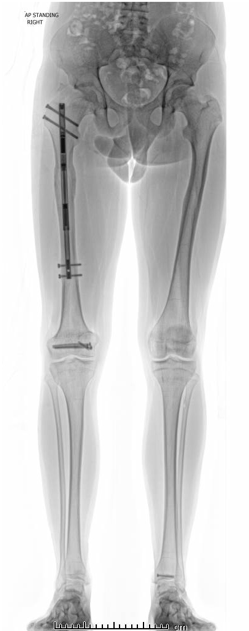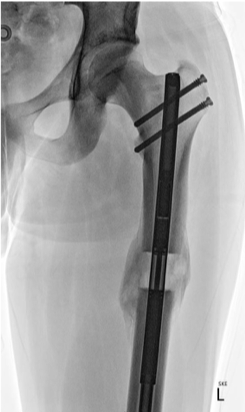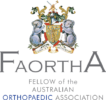Limb Reconstruction
Limb Reconstruction refers to a field of Orthopaedics that uses biological treatment for patients with limb length inequality, deformity and deficiency in order to restore and preserve function in both children and adults.
Paediatrics
- Congenital Limb
- Deformities
- Limb Inequality
- Short Stature
- Bone Dysplasia’s
- Metabolic Bone Disorders
- Pseudarthrosis of Bone
- Fragile Bone Conditions
- Hand and Foot
- Abnormalities
Adults
- Acquired Limb Shortening
- Bone and Joint Deformity
- Mal and Non Unions
- Arthritis of Joints
- Bone Defects
- Chronic Bone Infection
- Joint Stabilisation and
- Fusions
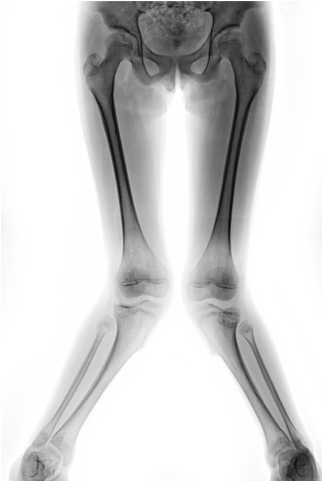
How do you assess these conditions?
If you have a condition that is suitable for limb reconstruction surgery then a comprehensive assessment is made that includes a detailed clinical examination and specialised medical imaging to assess the type of problem, quantify effect and allow solutions to be devised that suit the individual.
This initial assessment may also include –
- EOS examination
- Gait Analysis
- Pedobarography
- 3D Modeling
- Referral to other specialists
Every patient is unique and there is usually more than one solution to their problem.

How do you treat these problems?
Limb reconstructive techniques aim to replace, realign or lengthen bones and joints into the correct mechanical position so as to improve pain, function and look of the limb. It may be combined with tendon or muscle surgery to improve strength and balance or be part of a program of treatment.
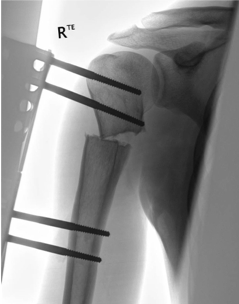
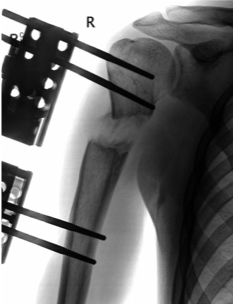
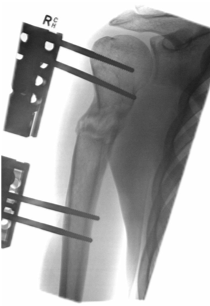
Bone is a unique tissue that has the ability to heal without scar formation and act as a potentially limitless source of new tissue. This means that it can be straightened, lengthened and even transported using both internal and external devices.
External fixators are devices that can be attached, via screws and wires, to the skeleton to move joints or bones into new positions. There are many types of devices that are used for specific indications but usually classified as either being a ”rail’ or “circular” device.
The original circular device had now become a sophisticated and powerful tool for Limb Reconstruction Surgeons with the introduction of the computer assisted hexapod type frames that allow multiplane corrections to be performed with the single device.
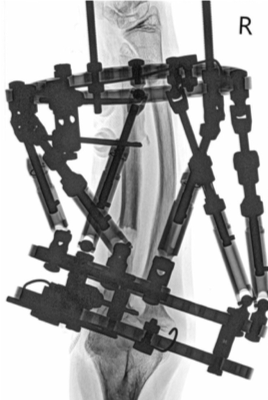
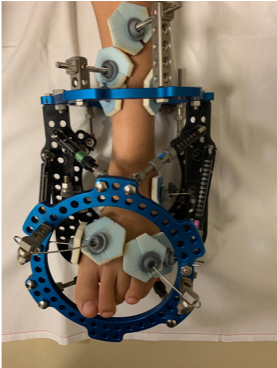
Internal devices have the distinct advantage that the patients does not have to “wear” a frame and that there are no pin sites in the skin, muscles are not tethered and day to day activities are much easier.
Plates can be used to hold the bone in a corrected position whist healing occurs and while rods placed inside the bone can do a similar thing they can also be used to perform an internal lengthening or bone transport.
Further information
For further information on the ways in which we can assist you with limb reconstruction, please contact us.
